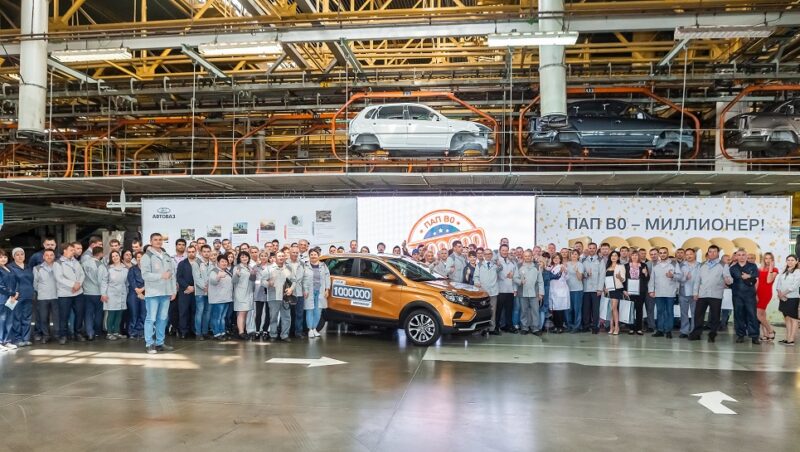On a new model, some work is visible, but the unseen can be no less important. The external design of a vehicle, the layout of its interior, its equipment, its engines etc: none of this would be possible without the feats achieved with specific components by our engineers. However… This video provides some explanations, with the focus on the All-new Clio.
by Emmanuel GENTY
An evolution of the external design, a true revolution inside, high-level driving aids and major new features under the bonnet, including a brand-new TCe 100 engine created by Alliance synergies and the first appearance of an innovative hybrid E-TECH engine: this brief description broadly summarises the personality of the All-new Clio, which has now been on sale for a few weeks.
But if the designers, passenger compartment specialists and engine teams were to be able to express their talents to create and develop this model, the engineers had many initial challenges to overcome. Sometimes these related to minor points of detail that are hard to conceive yet, taken together, they allowed us to achieve the end result.
Here are four examples, illustrated by video, of the challenges that our development teams have overcome.
The platform challenge
The All-new Clio is the first to use the Alliance’s CMF-B platform, which is designed as the basis for engine electrification technologies and the advanced driving aids that are paving the way to self-driving vehicles. “An enormous technical and technological challenge” that could not be allowed to compromise the comfort, driving feel and weight. A true success to judge by the initial feedback from the press and the customers.
The seat challenge
The shape of the front seats in the All-new Clio not only means that more knee-room is available for passengers in the back. They’re also lighter than the previous generation and provide more protection for occupants in the event of a rear impact. This has required cutting-edge work on the frame, especially with the use of very high yield steel. With no negative effect when the seat is adjusted or slid backwards and forward, of course.
The urea tank challenge
The new Diesel 1.5 Blue dCi engines in the All-new Clio range are fitted with SCR (Selective Catalytic Reduction) emission control technology. Using a solution based on urea (‘’AdBlue’’ liquid), this technology reduces emissions of nitrous dioxide (Nox) by up to 85% by transforming them into nitrogen and water. So there was a need to include a urea tank at the back of the car where none had been before. Without modifying the platform or reducing the boot volume. Job done as, at 391 litres, the All-new Clio boasts the largest boot volume in its category.
The fuel pump challenge
Who would have thought that a part as small and as basic as the fuel pump (which is used to send fuel from the tank to the engine) could be optimised to improve a vehicle’s efficiency? But that is just what happened with the All-new Clio. Despite the pump’s compactness, our engineers succeeded in building a computer into it, whereas previously it was installed separately. And by simplifying its electronic components, they also kept its cost down. Top marks!



